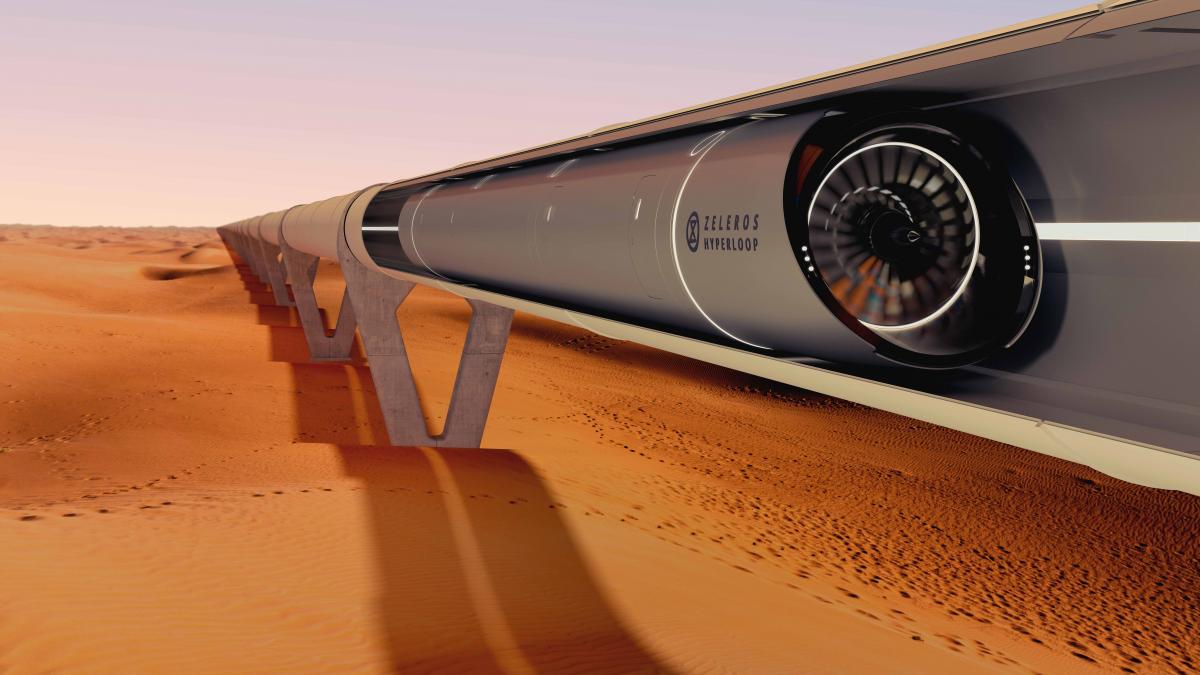In 90 minutes and “flying” through a tube, the Hyperloop train project will take you from Barcelona to Paris. This supersonic train that seeks to link the two capitals is part of the vision of tycoon Elon Musk.
The system and its routes are expected to be ready by 2030. The idea is to travel at 1,000 kilometers per hour and make this train the fifth mode of transportation, alongside current ships, airplanes, cars and trains.
The goal is to connect Barcelona to Paris in just 90 minutes. Also to Madrid with Lisbon in half an hour or Barcelona.
In short, the world’s major cities could be connected to each other in a few minutes as in a large subway network.
Hyperloop is a novel, innovative, sustainable and impressively fast transportation system.
Barcelona and Paris united by high-speed rail
Where did the idea for the Hyperloop project come from?
The story began in 2016, when Juan Vicén, co-founder of Zeleros, was the winner of the competition organized by Elon Musk, CEO of Telsa, in Texas, USA.
The objective of this competition was to submit proposals that would revolutionize intercity travel with unprecedented speeds.
From there, Musk highlighted the potential of a new transportation system based on eliminating air resistance. It has since prompted technology companies to develop it for commercialization.
One of the seven companies in charge of doing so is Zeleros, a Spanish start-up that emerged from the bowels of the Universitat Politècnica de València.
There, they are developing the vehicle in the form of levitating capsules for release in 2030.
Night train operation between Barcelona and Paris to begin in 2024
Project data
- This train could be faster than the airplane for distances of less than 1,500 kilometers. The advantage is that you don’t have to land or take off.
- It can offer the connectivity of the train, as the Hyperloop is intended to be accessible from the center of the cities and to have the frequency of the subway.
- Capsules could pass through stations on average every two and a half minutes.
- If the Hyperloop becomes a reality, it would be possible to live in one city and work in another. It would be a normal use transport.
For example, a citizen in Boston could easily reach Washington DC in 57 minutes, located 638 kilometers away.
Another passenger could board the Hyperloop in Berlin and get off in Paris one hour and 15 minutes later (distance traveled 877 kilometers).
The trains are based on magnets. The idea is to control the magnets so that the train levitates and suspends.
The general concept is that magnets will cover the roof of the train capsule which will be attracted to the tube through which it travels, causing levitation by traveling over the ground, but without touching it.
Iryo high-speed train to operate from November between Madrid-Barcelona

